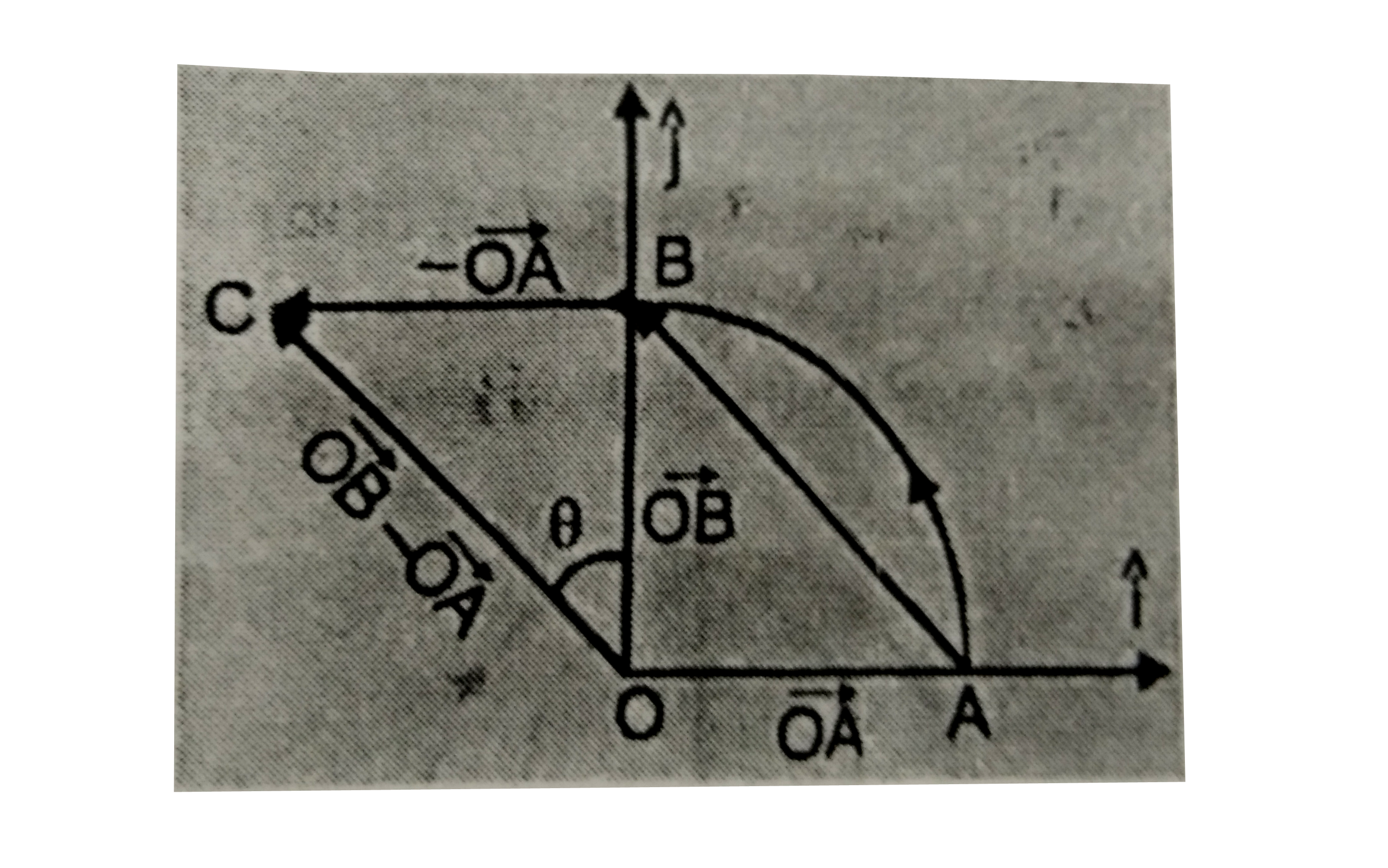Galileo writes that for angles of projection of a projectile at angles (45+θ) and (45−θ), the horizontal ranges described by the projectile are in the ratio of (if θ≤45)Solution in Gujrati
1:1
2:3
1:2
2:1
The correct Answer is:A
θ1+θ2=(45∘−θ)+(45∘+θ)=90∘
∴R1=R2
Topper's Solved these Questions
- MOTION IN A PALNEBOOK - ALLEN CHAPTER - MOTION IN A PALNEEXERCISE - EXERCISE-2
170 Videos
- MOTION IN A PALNEBOOK - ALLEN CHAPTER - MOTION IN A PALNEEXERCISE - EXERCISE-3
41 Videos
- MOTION IN A PALNEBOOK - ALLEN CHAPTER - MOTION IN A PALNEEXERCISE - PHY
75 Videos
- KINEMATICS-2DBOOK - ALLEN CHAPTER - KINEMATICS-2DEXERCISE - Exercise (O-2)
47 Videos
- NEWTON'S LAWS OF MOTION & FRICTIONBOOK - ALLEN CHAPTER - NEWTON'S LAWS OF MOTION & FRICTIONEXERCISE - EXERCISE (JA)
4 Videos
Similar Questions
The velocity of a particle moving with constant acceleration at an instant t0 is 10m/s After 5 seconds of that instant the velocity of the particle is 20m/s. The velocity at 3 second before t0 is:-
View SolutionAssertion : A body can have acceleration even if its velocity is zero at a given instant of time.
Reason : A body is momentarily at rest when it reverses its direction of motion.
View SolutionA particle goes along a quadrant of a circle of radius 10m from A to B as shown in fig. Find the magnitude of displacement and distance along the path AB, and angle between displacement vector and x-axis ?

View SolutionA particle is moving in xy-plane .At certain instant the components of its velocity and acceleration are as follows ux=3m/s,uy=4m/s,ax=2m/s2anday=1m/s2. The rate of change of speed at this moment is
View SolutionA piece of wire is bent in the shape of a parabola y=kx2 (y-axis vertical) with a bead of mass m on it. The bead can slide on the wire without friction. It stays at the lowest point of the parabola when the wire is at rest. The wire is now accelerated parallel to the x-axis with a constant acceleration a. The distance of the new equilibrium position of the bead, where the bead can stay at rest with respect to the wire, from the y-axis is:
View SolutionFor angles of projection of a projectile at angle (45∘−θ)and(45∘+θ), the horizontal ranges described by the projectile are in the ratio of :
View SolutionGalileo writes that for angles of projection of a projectile at angles (45 + theta) and (45 - theta) , the horizontal ranges described by the projectile are in the ratio of (if theta le 45 )
View SolutionTwo particles are projected with same speed but at angles of projection (45^(@)-theta) and (45^(@)+theta) . Then their horizontal ranges are in the ratio of
View SolutionFor angles of projection of a projectile at angles (45^(@) – θ) and (45^(@) + θ) , the horizontal ranges described by the projectile are in the ratio of:
View Solutionप्रक्षेपण कोण (45∘−θ) तथा (45∘+θ) के लिए प्रक्षेप्य की परास का अनुपात क्या होगा ?
View Solutionगैलीलियो के नियमानुसार, यदि किसी पिण्ड को कोण (45∘+θ) तथा (45∘−θ) पर प्रक्षेपित किया जाए, तो इसकी द्वारा तय की गयी क्षैतिज परासों का अनुपात होगा (यदि θ≥45∘)
View SolutionTwo projectiles, projected with angles (45∘−θ)and(45∘+θ) respectively, have their horizontal ranges in the ratio
View SolutionFor angle of projection of a projectile at angles and (45∘+θ), the horizontal range described by the projectile are in the ratio of
View SolutionFor angles of projection of projectiles at ( 45° -theta ) and ( 45° + theta ) the horizontal ranges described by the projectile are in the ratio
View SolutionGalileo writes that for angles of projection of a projectile at angles (45^(@)+theta) and (45^(@) -theta) , the horizontal ranges described by the projectile are in the ratio of (if theta le 45^(@))
View Solutionगैलीलियो के नियमानुसार, यदि किसी पिण्ड को कोण (45∘+θ) तथा (45∘−θ) पर प्रक्षेपित किया जाए, तो इसकी द्वारा तय की गयी क्षैतिज परासों का अनुपात होगा (यदि θ≥45∘)
View Solution
